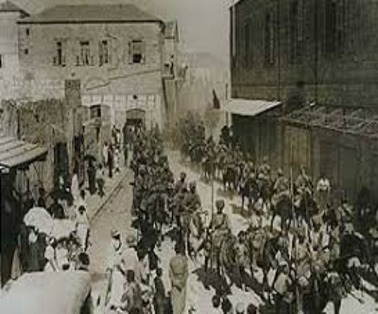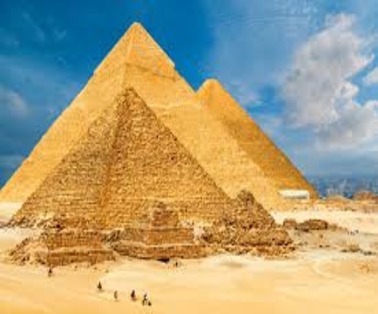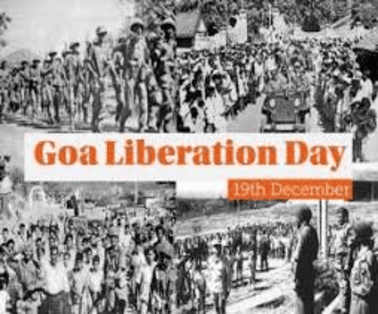Every year on September 23, diplomats from India’s Embassy in Israel and Israeli government officials representing the municipality of the northern port city of Haifa gather at the Haifa War Cemetery to pay respects to the Indian soldiers who were killed and wounded in battle, on foreign soil.
Key Points on the Battle of Haifa
- This annual commemoration marks the 105th anniversary of the battle, where Indian soldiers displayed extraordinary valor in a foreign land.
- For over nine decades, the Battle of Haifa and the contributions of Indian soldiers were largely forgotten, confined to the corners of history books and archives.
- It wasn’t until 2010 that Haifa Day was officially commemorated, largely due to limited awareness about this historical event.
- Haifa is a northern Israeli port citybuilt in tiers extending from the Mediterranean up the north slope of Mount Carmel.
- The city’s most iconic sites are the immaculately landscaped terraces of the Bahá’í Gardensand, at their heart, the gold-domed Shrine of the Báb.
The Haifa Battle And World War I
- The Battle of Haifa took place during World War I as part of the Sinai and Palestine campaign.
- It was Fought on 23 September 1918
- Allied forces, including the British Empire, Italy, and the French Third Republic, along with the Arab Revolt, fought against the Ottoman Empire, Austro-Hungarian Empire, and German Empire.
- While the battle received relatively little attention compared to other World War I conflicts, it had a lasting impact, leading to the Partition of the Ottoman Empire and the creation of several modern states, including Turkey, Iraq, Lebanon, Jordan, Syria, and Israel.
Why the Battle of Haifa was Significant
- Owing to its rail and harbour, Israeli port city of Haifa was a strategic supply base
- The battle took place at the north western edge of the Esdraelon Plain (also known as the Jezreel valley and the plain of Armageddon) 64–80 km behind the front line in the Judean Hills.
The Involvement Of India In Haifa Battle
- The 5th Cavalry Division were formed with three brigades, two of them composed of one British yeomanry regiment, and two British Indian Army cavalry regiments; one of which was usually lancers.
- The division’s third brigade was the 15th (Imperial Service) Cavalry Brigade, normally comprising three cavalry regiments from the Indian Princely States of Jodhpur, Mysore and Hyderabad.
- On 23 September 1918 the 15th (Imperial Service) Cavalry Brigade was ordered to capture Haifa.
- The area between the Nahr al-Muqaṭṭaʿ, also known as the Kishon River, and the slopes of Mount Carmel was well defended by Ottoman gun emplacements and artillery.
- The brigade’s Jodhpur Lancers were tasked to capture this position, while the Mysore Lancers moved around to attack the town from the east and north.
- Eventually, the Indian cavalry brigades fighting under the leadership of British General Edmund Allenby helped liberate Haifa from the clutches of the Turkish-German forces.
Significance of Haifa war
- The victory was more special as the Indian soldiers were armed only with lances (a kind of spear) and swords while the Turks had in their possession advance artillery and machine guns.
- The Indian troops displayed exemplary cavalry skills and valour during what was considered to be the last major cavalry campaign in military history.
- No more remarkable cavalry action of its scale was fought in the whole course of the campaign.
- A total of 1,350 German and Ottoman prisoners were captured by the two Indian regiments. This also includes the confinement of two German officers, 35 Ottoman officers, 17 artillery guns and 11 machine guns. Meanwhile, Indian casualties amounted to eight dead and 34 wounded, while 60 horses were killed and another 83 injured.
Teen Murti Chowk: Honoring the Heroes of Haifa
- Teen Murti (literally ‘three statues’) is a Memorial built in 1922 by British sculptor, Leonard Jennings.
- The memorial comprises life-size statues of three soldiers, and was built in the memory of the Indian soldiers from three Indian princely states who served in the battle of Haifa.
- This memorial stands on the road junction in Delhi and thus it is known as Teen Murti Chowk.
To Download Monthly Current Affairs PDF Click here
Click here to get a free demo
Everything About CLAT 2025



